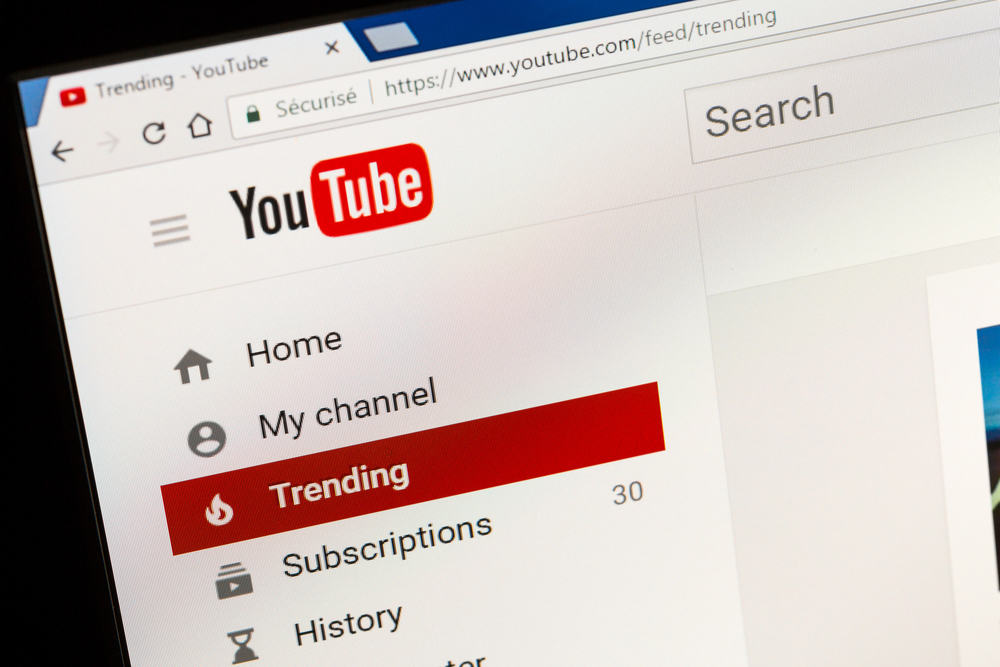
YouTube is a video-sharing platform with billions of monthly users. People enjoy watching video content, and content creators get to maximize these views to earn income.
One of the popular ways content creators earn is through YouTube advertising. Companies and brands utilize YouTube to reach a wider audience, and we will help you understand what YouTube advertising means by the end of this guide.
YouTube advertising refers to companies and brands creating video content to advertise on YouTube. You can create an ad campaign and have YouTube promote it to the target audience. The brand or company will pay for the ads based on 1000 views. They can choose how to bid for their spot using criteria such as cost-per-mille.
This post introduces YouTube advertising. We will discuss what it is and how it works. By the end of this post, you will be at home with YouTube advertising. Let’s begin!
What Is YouTube Advertising?
YouTube is a leading platform for video-sharing. Anyone can create a YouTube channel and create content that aligns with YouTube’s community guidelines and terms of service.
When you have a YouTube channel, you can earn ad revenue. Here, YouTube will display different ads on your content, giving you a percentage of the revenue gained.
You can advertise through YouTube, and that’s where YouTube advertising comes in. It refers to creating video content adverts that YouTube will play and display on YouTube videos or in the search results.
The ads are displayed based on your target audience, and your budget determines your ad campaign. You can create different types of ads depending on your ad campaign. Some of these ads include the following.
TrueView Ads
These ads involve having a YouTube ad play before a video begins. The ad will play for a few seconds before giving the viewer room to skip it. Many advertisers rely on this category to promote their products or service.
Non-Skippable Instream Ads
This type of ad doesn’t give the viewer room to skip it. The ad is a short video of a few seconds and will only play after the ad completes.
Most non-skippable ads run between 15 to 20 seconds. The ads are played anywhere in the video and are paid per CPM.
Bumper Instream Ads
They are short and non-skippable ads that are played before the video starts. They are a maximum of 6 seconds in length.
Sponsored Card Ads
This type of YouTube advertising involves YouTube displaying sponsored cards with a call-to-action popup that will appear within the video.
You may see them on the screen with an “i” symbol at the top, which will give more details about the ad when clicked.
Overlay Ads
They are ads that appear at the bottom of the video. They have an “X” icon to let the viewer remove them from the screen.
Display Ads
These ads are positioned on the right-hand sidebar and appear on the suggested videos list.
When creating YouTube ads, you must know what category of ads you wish to use. YouTube will promote your ad based on the type you select, the budget, the target audience, and the duration.
Bidding Strategies
When planning your YouTube advertising, you must know the different bidding strategies. YouTube offers four main bidding options.
- Cost-Per-Mille (CPM) – The budget is set for every 1,000 impressions the ad will get.
- Viewable CPM – You pay based on the ad’s viewership, such as for a second or two.
- Cost-Per-View (CPV) – The cost is based on the number of views and interactions the ad gets. You choose the budget per view to determine the campaign’s performance.
- Target Cost Per Acquisition – The cost is based on user actions like clicks or conversions. Once you set your budget for a given acquisition, Google will run the ad to meet the set acquisitions.
Conclusion
YouTube advertising involves creating video ads to be promoted on YouTube. There are various ad types you can create and different bidding strategies to use depending on your budget.
We’ve discussed what YouTube advertising is, how it works, the types of ads, and the bidding strategy. That’s it!











